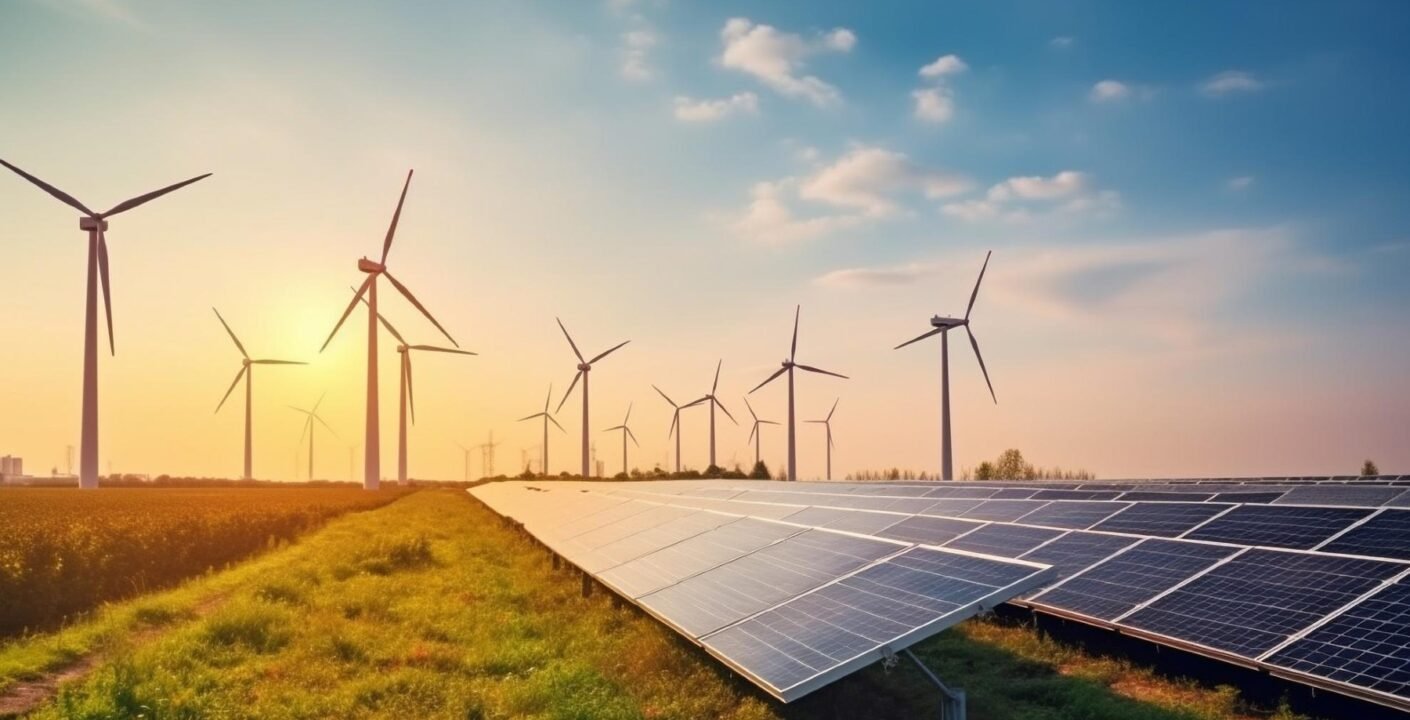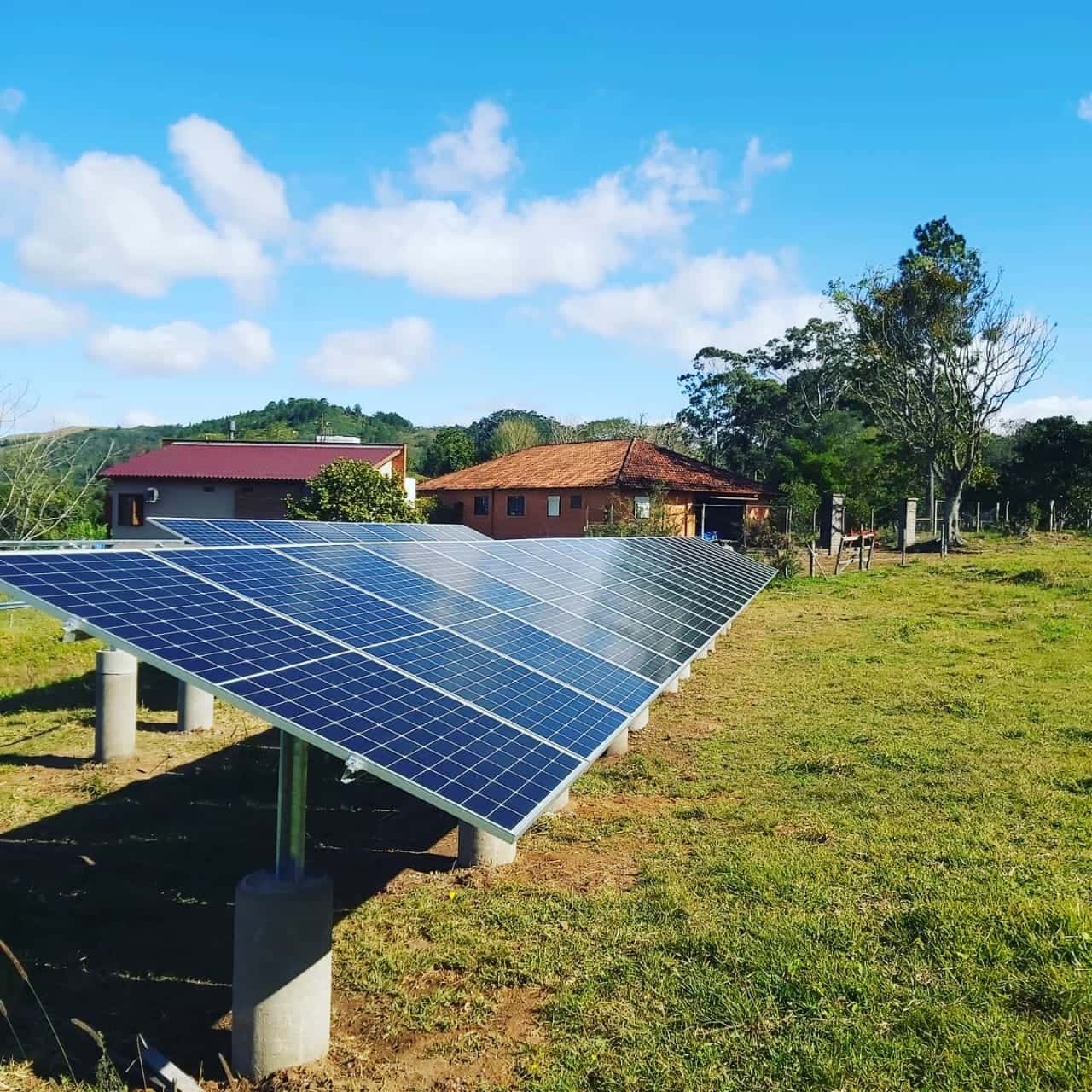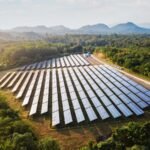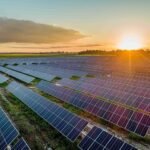The global energy transition is driving an unprecedented surge in solar infrastructure development. From utility-scale solar farms to urban PV integration, investors are eager to seize opportunities in this high-growth sector. At Steelbridge Export, we see firsthand how balancing capital investment with risk management is the key to long-term success in solar ventures.
The Growing Demand for Solar Infrastructure
With billions flowing into solar energy projects, the challenge is not only securing funding but also mitigating risks related to technology, policy, and market dynamics.
Understanding the Capital Investment Landscape
Investing in solar infrastructure requires substantial upfront capital. The majority of costs are concentrated in:
Land acquisition & permitting
Engineering, Procurement, and Construction (EPC)
PV panels and photovoltaic systems
Grid connection and transmission
Operations & maintenance
Unlike fossil fuel projects, solar ventures have minimal operating costs after installation. The bulk of the financial challenge lies in the initial investment phase, which demands precise planning and financing models.
 Key Risks in Solar Infrastructure Ventures
Key Risks in Solar Infrastructure Ventures
While the rewards of solar investment are high, risks cannot be ignored. Investors must evaluate factors such as:
Policy and Regulatory Risk – Changes in government incentives or tariffs.
Technology Risk – Rapid evolution of PV technology may shorten asset lifespans.
Market Risk – Fluctuations in energy prices and demand.
Currency and Financing Risk – Especially in cross-border FDI-backed solar projects.
Environmental and Operational Risk – Grid integration, land use conflicts, and weather dependency.
Mitigating these risks ensures a stable and profitable investment in solar infrastructure.
Related posts: How FDI is Accelerating the Global Solar Boom: 2025 Guide to Solar Farm Investment
Financing Models to Balance Investment and Risk
Several capital structures help investors enter the solar infrastructure market with reduced exposure:
Equity Financing – Direct ownership stake in solar projects.
Debt Financing & Green Bonds – Lower-risk model tied to project revenues.
Public-Private Partnerships (PPP) – Governments share responsibility with private investors.
Project Finance – Long-term contracts where cash flow from the solar infrastructure project repays debt.
Private Equity Solar Funds – Pooling resources for diversified investments in renewable energy assets.
Strategic Approaches to Risk Management
Investors can safeguard capital by adopting professional risk strategies:
Diversification – Spread across multiple solar infrastructure projects and regions.
Hedging Instruments – Currency and commodity hedges to reduce volatility.
Insurance Solutions – Coverage for construction, equipment, and natural disasters.
Long-Term Power Purchase Agreements (PPAs) – Guaranteed revenues from utility buyers.
Partnering with Experienced EPC Contractors – Minimizes execution risks in solar infrastructure development.
 Case Study: Solar Infrastructure in Emerging Markets
Case Study: Solar Infrastructure in Emerging Markets
Emerging markets across Africa, Asia, and Latin America are becoming prime hubs for solar ventures. While they offer higher ROI due to growing demand, they also carry greater political and financing risks. Here, foreign direct investment (FDI) plays a pivotal role in building solar farms and infrastructure with shared risk between local governments and global investors.
Future Outlook: Why Risk is Worth the Reward
By 2030, global solar infrastructure investment is expected to surpass trillions of dollars, with most new power capacity coming from renewable energy sources. While risks exist, smart investors who embrace robust financial models and risk mitigation strategies stand to benefit from high ROI, stable returns, and alignment with ESG-driven portfolios.
The key to success lies in balancing upfront capital commitments with long-term financial security.
Looking to balance capital investment and risk in your next solar project? Partner with Steelbridge Export for expert guidance on building profitable solar infrastructure ventures worldwide. Yenisanan Energy is our corporator in Iran and middle east.
FAQs
- 1. Why does solar infrastructure require high upfront capital?
Because the bulk of costs come from construction, PV systems, and grid integration, while operational costs remain low afterward. - 2. What risks are common in solar ventures?
Policy, market volatility, currency fluctuations, and environmental uncertainties are the most common risks. - 3. How do investors reduce risk in solar infrastructure projects?
Through diversification, long-term PPAs, insurance, and working with experienced EPC partners. - 4. Which financing models are best for solar infrastructure?
Project finance, green bonds, and PPP structures offer strong stability for investors. - 5. Is solar infrastructure investment profitable in emerging markets?
Yes—despite higher risks, emerging markets often deliver higher ROI and faster growth.




 Key Risks in Solar Infrastructure Ventures
Key Risks in Solar Infrastructure Ventures Case Study: Solar Infrastructure in Emerging Markets
Case Study: Solar Infrastructure in Emerging Markets



